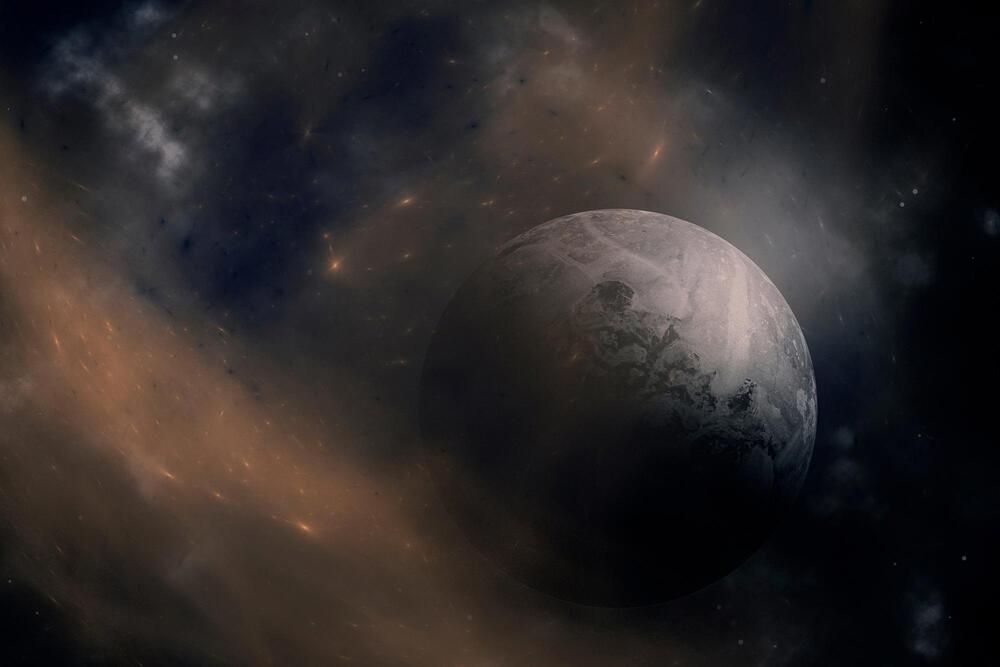During 2021, thousands of archaeologists worked tirelessly to continue to excavate, explore, publish, and keep the field alive across the globe.
Support Hyperallergic’s independent arts journalism. Become a Member ».
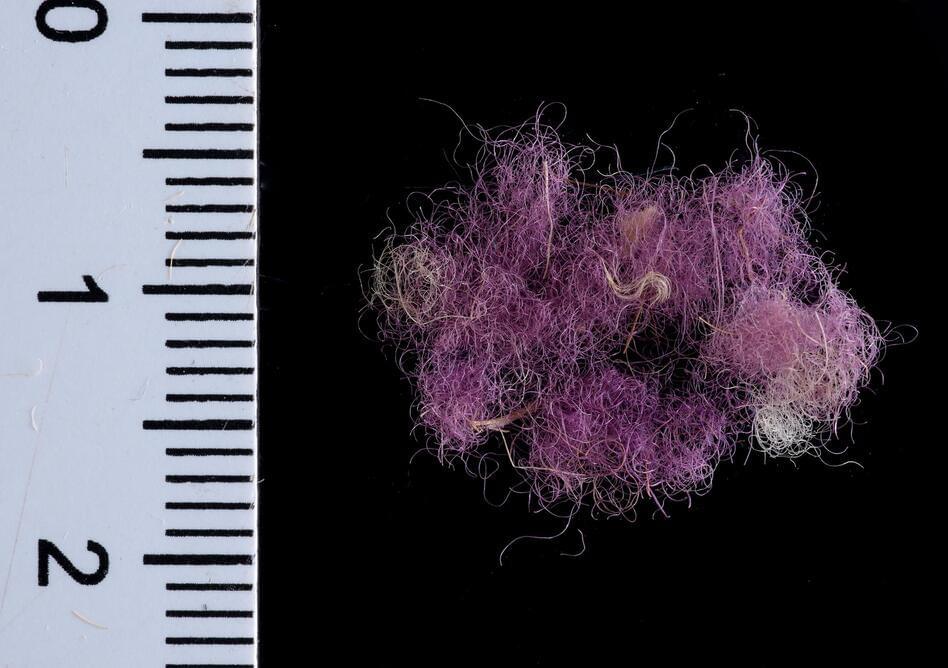
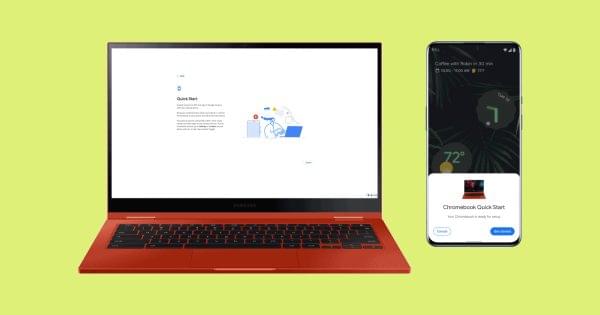
Google is bringing Fast Pair to Windows and TVs and more. It’s also planning Wear OS watch unlocks for phones.
Google laid out its plans for a number of new features coming to its ecosystem of devices and operating systems this year, a lot of which is focused on connecting them all or making setup easier. Whether you have an Android phone and an Android TV or a Chrome OS devices and a Wear OS watch, there is a good chance they will start to talk to each other.
Quicker setup of all devices
One of the biggest items Google announced today involves Fast Pair, the quick-connect technology that Google pushed out to phones and headphones a couple of years ago. In the coming weeks and months, Fast Pair will work on more devices and throughout more operating systems.
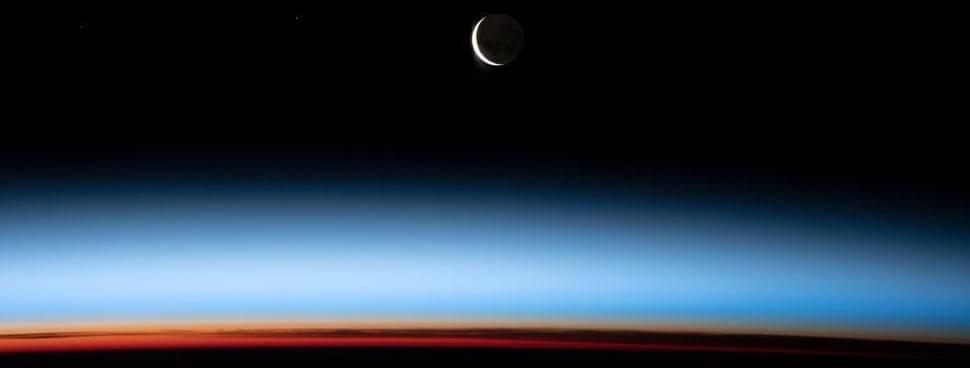
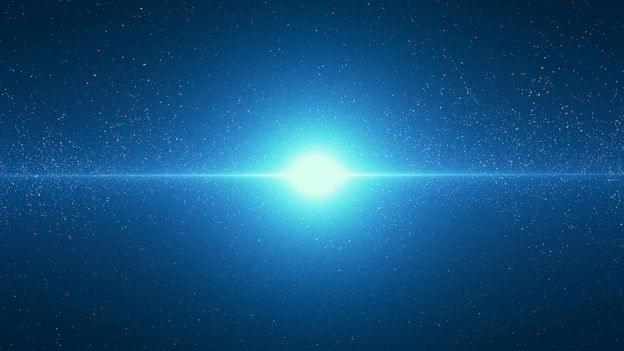

Artificial intelligence drug design company Iktos, and South Korean clinical research biotech Astrogen announced today a collaboration with the goal of discovering small-molecule pre-clinical drug candidates for a specific, undisclosed, marker of Parkinson’s disease (PD).
Under the terms of the agreement, whose value was not disclosed, Iktos will apply its generative learning algorithms which seek to identify new molecular structures with the potential address the target in PD. Astrogen, which has a focus of the development of therapeutics for “intractable neurological diseases,” will provide in-vitro and in-vivo screening of lead compounds and pre-clinical compounds. While both companies will contribute to the identification of new small-molecule candidates, Astrgoen will lead the drug development process from the pre-clinical stages.
“Our objective is to expedite drug discovery and achieve time and cost efficiencies for our global collaborators by using Iktos’s proprietary AI platform and know-how,” noted Yann Gaston-Mathé, president and CEO of Paris-based Iktos in a press release. “We are confident that together we will be able to identify promising novel chemical matter for the treatment of intractable neurological diseases. Our strategy has always been to tackle challenging problems alongside our collaborators where we can demonstrate value generation for new and on-going drug discovery projects.”
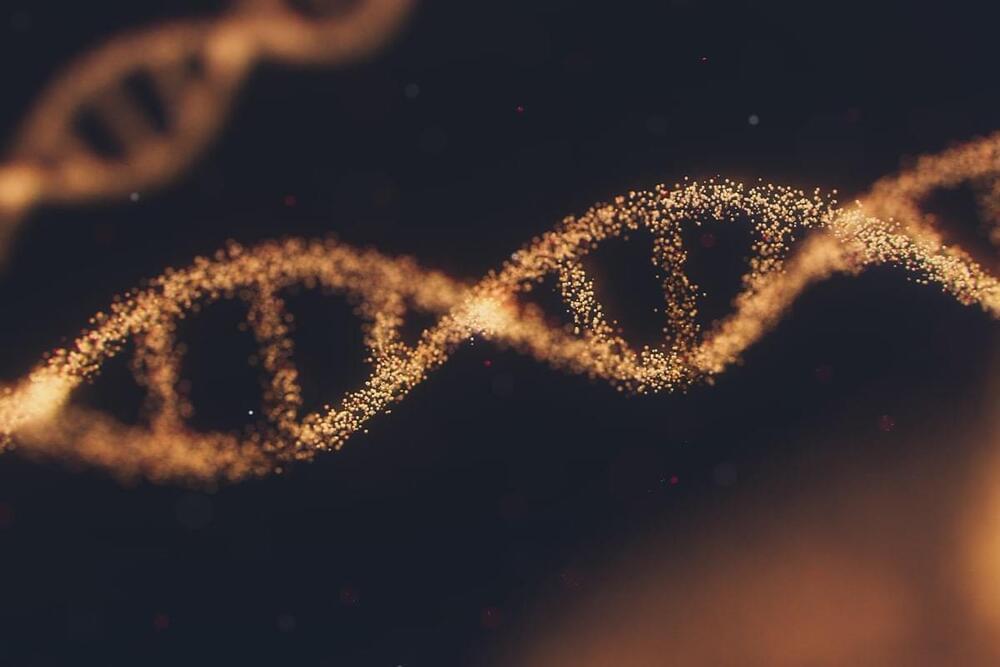

The Webb Telescope gave humanity a great Christmas present on last 25th December, when it successfully completed its launch and the first steps of the mission. It was an epoch-making event that marked the beginning of a new era in the observation of our Universe. With all eyes on it, this cutting-edge technology — whose value is approximately $10 billion — was launched aboard a European Ariane 5 rocket from Kourou Spaceport in French Guiana and it is currently undergoing the Deployment Process. Among the eyes that watched the event with particular expectations and excitement, were also those of the EuroMoonMars community, an ILEWG initiative that brings together researchers, experts and students with a strong passion for Space. It was with this spirit and enthusiasm that EuroMoonMars decided to organise a virtual event in preparation for the launch. The initiative took place on 24th December at 1pm CET and it was organised in collaboration with Space Renaissance International, a global non-profit organisation dedicated to bringing humanity closer to interdisciplinary space-related topics. The event — which was broadcast live on Space Renaissance International official youtube channel — was a fruitful moment of explanation, debate and questioning on different aspects of the Webb Telescope. The initial idea behind the organisation of the virtual session was to meet in the presence of some guests and experts to follow the launch in real time. The launch had in fact been scheduled by the Space Agencies for 24th December. After the announcement of its postponement, the programme of the event was revisited. The guests’ contributions covered different topics and highlighted the complexity of this innovative instrument.
The session opened with an introductory presentation given by Adriano V. Autino, founder and Vice-President of Space Renaissance International. Next, Prof Bernard Foing, Chair of EuroMoonMars and President of Space Renaissance International, held an overview lecture on the Webb Telescope, during which he showed the instrument and key aspects of the mission for its deployment. Afterwards, two guests gave their own contributions with a focus on different areas. Anouk Ehreiser, MSc in Physics at the University of Heidelberg, discussed the deployment steps of the telescope after launch with a video presentation which previewed the sequence of operations. Leander Schlarmann, MSc in Astronomy at the University of Vienna, gave a talk entitled “Characterizing Exoplanet Atmospheres with JWST”, where he focused on the novelties in astronomical observation that the Webb Telescope will make possible.
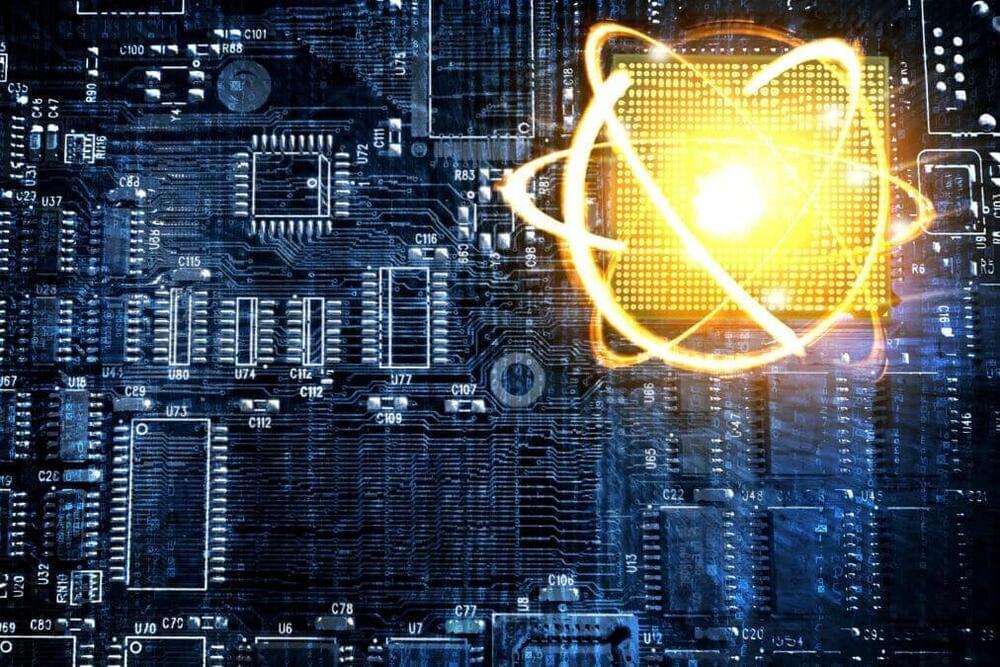
IBM has created the world’s largest superconducting quantum computer as of 2021.
The tech company developed a 127-qubit quantum computer. This is over double the size of comparable machines made by Google in 2019 and the University of Science and Technology of China in 2020.
IBM claims it has created the world’s largest superconducting quantum computer, surpassing the size of state-of-the-art machines from Google and from researchers at a Chinese university. Previous devices have demonstrated up to 60 superconducting qubits, or quantum bits, working together to solve problems, but IBM’s new Eagle processor more than doubles that by stringing together 127.
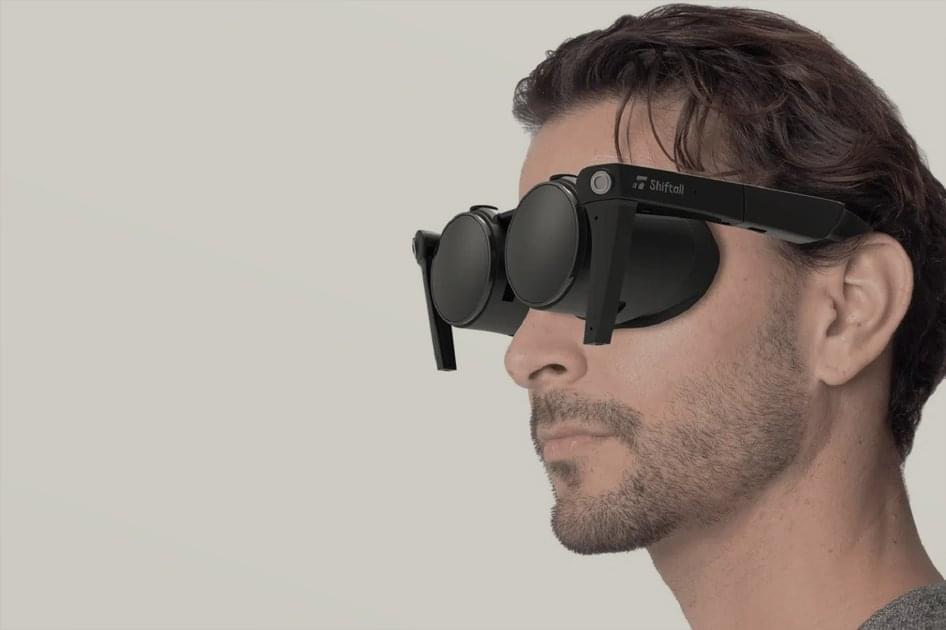
(Pocket-lint) — Panasonic has been working on VR glasses for a while. Originally revealing its future offerings back in 2020. Now we have a proper device in the form of the MeganeX.
At this year’s CES, the company has shown off a tiny pair of compact VR goggles designed to work with SteamVR. These VR goggles use MicroOLED technology capable of delivering 2,560x2,560 pixels per eye with a 120Hz refresh rate and 10-bit HDR.
